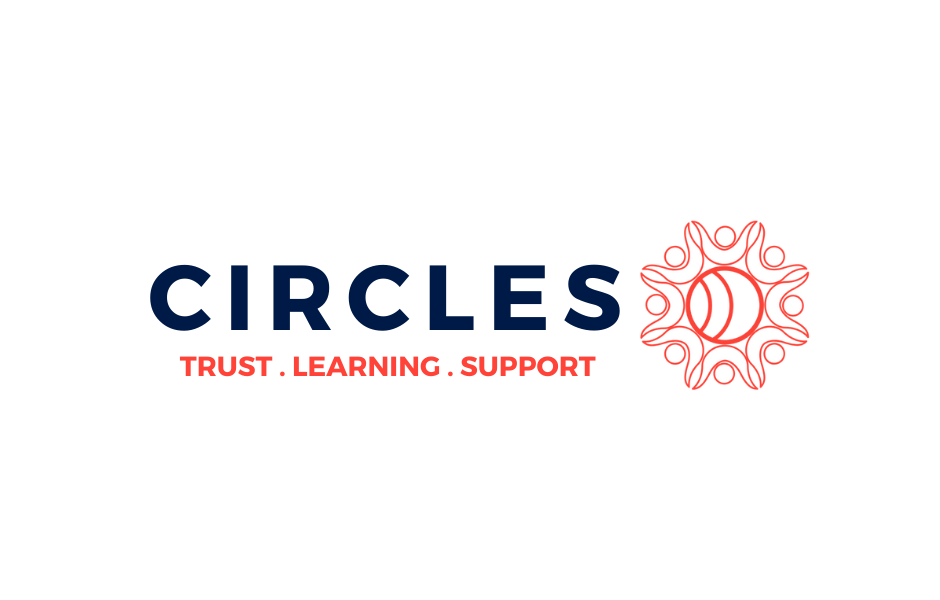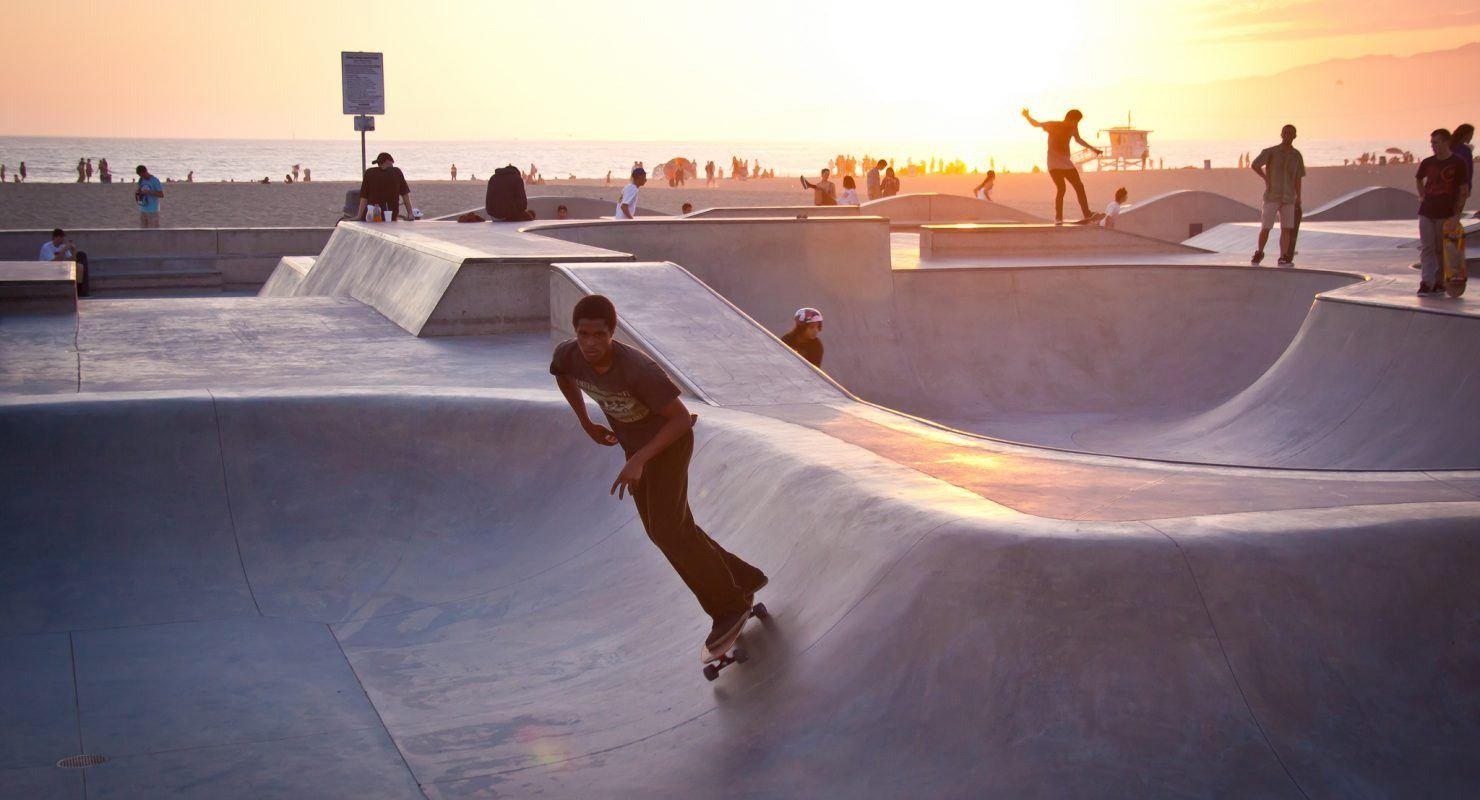Augmented Reality Keeps Rivers Free-Flowing
Griselda Serra
One Big Robot
Catherine Blancard
World Wildlife Fund
Key Takeaways:
AR is a powerful, memorable and accessible tool for communications.
Social sector organizations are already using AR to change behaviors, fundraise and drive positive impacts.
Real ideas for what YOU can do with AR.
Slide Deck:
Breakout Notes:
An Introduction to AR
Catherine began by covering the experience that something like Virtual Reality (VR) offers by describing it as “an immersive experience”; requiring bulky goggles, a booth or dark room (VR’s infancy) etc…She pointed out that VR experience is one that the user is in.
She then went on to differentiate AR from the example of VR by defining it as a “tech lens,” meaning that it is a tool with which users can move through, or deeper into, the many layers of something.
She moved forward with a presentation of the product via demonstration of the app that WWF had created. She used the live demonstration (done by by Griselda Serra) as a stunning contrast to what the audience saw on the large presentation screen in a successful effort to drive home both the characteristics of the AR, as well as a brilliant showing of the product they had created.
On the screen the audience was able to see what griselda was seeing in the app.
As Griselda explored the landscape shown, Catherine told the story of the landscape; describing for the audience what different parts of the landscape were, what their function was and what the results of the area in its current state were on the people, environment & economy around them was.
She continued her story by presenting the audience with a question: “But what if there was a dam built here?” she asked while pointing to a location on the map (on screen). Griselda then proceeded to select an option from within the app that allowed her to simulate building a dam.
AR in Action
The audience then was able to witness the ‘cause & effect’ of this scenario play out in front of their eyes:
This images shows the water build-up & flooding of surrounding areas as one result of the dam’s presence. She reminds the audience of the small village that had been in the center of the flooded area, and pointed out that they were no longer there.
Catherine continued her story but describing all of the other effects on the surrounding area as griselda moved around the 3-dimensional map.
After explaining what changes had taken place by building the dam, she asked Griselda to blow it up. Griselda obliged, and eventually the landscape returned to a state similar (but not identical) state as it had been in prior to the dam being built. As the audience watched this unfold before their eyes, Catherine narrated these shifts in landscape.
Next she really dove into the capabilities the app offered users by showing the changes a seasonal shift created…For instance, the rainy season. Griselda really provided the audience with a rich and thorough idea of the app abilities by pulling away from the ground and up into the “air”. Suddenly the audience saw that the user would appear to be amongst the clouds, and as she moved closer to the land again, she seemingly dove through a rain cloud, almost following a raindrop right to the ground. It was at this point that Catherine mentioned that this experience does incorporate an audio element into the experience, however could not demonstrate it at this time due to technical difficulties.
At about this point there were some questions asked by the audience, which Catherine answered with enthusiasm and depth. But she quickly decided that the audience might benefit from hearing the origin story, so the demo was paused and Catherine began…
The Origin Story
It had all begun with a river. A real river in Zambia called the ‘The Lowamba River”. Many tiny villages existed along the length of the Lowanga river. Tiny villages that were spread out and far away from…well…almost everything.She talked about what a river like this brought to the tiny villages: Things like :
The ability to irrigate farmland,
The ability for wild animals living on its banks to drink and eat from it
The crafts made from the reeds that sprouted on the river’s edge, and the money made by selling those crafts to tourists, travelers and others who happened by.
The movement of people from other places through the area (people to sell those crafts to)
So when the Zambian Government was proposing the building of a dam on the Lowamba River, Catherine jumped on an airplane and went to visit a coworker who was already there. Catherine and her colleague then traveled by car to one of the tiny villages to speak to the people who lived by the Lowamba River. Much to her dismay, when she spoke to a woman named Helen, she noticed that the true understanding of how devastating for the local communities this dam could be. She said, “this woman here, Helen, she thought that the dam would be a good idea!”
Catherine went on to describe how Helen had said that maybe it would bring new and different people to the area or create jobs.
Sadly what Helen didn’t understand were the things she would ultimately lose because of the dam. You see, Helen’s village and her home were located in a flood zone. The dam would cause water in the area to rise and expand outward as a result of the dam. Helen’s home would be destroyed. Helen was an unmarried woman, according to laws in Zambia, being unmarried meant she would not qualify for the aid that the government would provide to those displaced by the project. And when she was told this information, she seemed to scoff a little at the possibility of her home being swept away, she couldn’t envision the cause and effect events that would occur should this dam be built.
As Catherine thought about this the whole trip home, one question rang through her head: “How can I show Helen what a dam will really do?” She felt the only way to get the reality of the situation to sink in for Helen and so many others who just can’t imagine the gravity of an event like this, was to show them. She wanted to simulate an experience that was accurate, and that evoked emotion. She decided the neat little infographics she normally used wouldn’t work this time.
Lucky for her, Apple had just released a new iPhone that allowed users to interact with AR right from their device. This gave her an idea and so she got to work on what was then just a “side project”
She didn’t want to explain what building a dam would do anymore. She wanted a way to show folks what would happen. She needed a way to move through time freely, to look deeply onto the geographic effects of this kind of change. She wanted to deliver factual, predicted outcomes in a way that people truly heard. So she began with a prototype, a LEGO prototype:
The landscape shown in the prototype was meant to encompass many different land types. For example, the finished product includes The Himalayan mountain, African desert, savana plainslands, and elements like a delta. Through all of these land types flows a single river.
Purpose, Success, & (Not So) Accidental Genius
When the WWF launched the “free Rivers app in the App Store, they didn’t realize that it would explode onto the scene with such a fantastic reception. They had had talks with apple around the AR capabilities that apple devices had just been equipped with.
Apparently the numerous times that Catherine had presented the app at conferences had paid off. People were instantly inspired to find ways to make this idea work for their cause as well. Those she spoke to were engaging and passionate, asked many questions and, of course, talked amongst themselves.
This plus the idea Apple had to release the app as a featured AR item in the app store resulted in skyrocketing numbers of downloads. Then, Apple decided to name them as a groundbreaking new app in the AR arena, speaking at length about ‘Free Rivers’ publicly. Catherine said she thought it was a huge compliment for the app that had been built in only four months time (the first 3 months had been regarded as time spent working on the ‘side project’ said Griselda!)
It was picked up all over the world when the team decided to add translation services for the audio parts of the app. At present, Non English versions of the app make up appx. 30% of all downloads. Downloads that are quickly approaching 1 million worldwide.
At this point the audience begins asking questions about cost of production for the app. At which point Griselda takes the stage to explain her end of the development process
What she explains next is that there really was no money when they started. Because of the long-standing relationship with WWF and the fact that they had honestly regarded this as a ‘side project’, work had just…begun. Of course at this point because of the release to the App Store, and incredible success, Catherine had good standing to request funding. In the end, Griselda explained, the approximate ended up cost being around $50,000 (at which point the whole audience gasps)
But that was in this one special case & because of the relationship she had previously built with Catherine and WWF. In any other situation, it would probably have cost much more .
Griselda also went on to explain the way that AR is changing the world. She describes why and how to use it in different situations. For instance, the fact that it is an all new and incredibly impactful way to represent data. She did express her personal opinion that use of AR is not always the most efficient tool to use in every situation. It is just one, of many tools we are afforded, however, it may not always be the one.
In this situation, AR had allowed WWF to advocate more efficiently for their cause (free flowing rivers) by allowing users to move freely through not only a landscape, but also through time itself. It allows users to witness the effect of actions they are considering taking.
And finally, she discussed the forward motioned life cycle that AR has. It’s development and improvement timeline has accelerated due to the support of Apple, Google & Facebook.
Simply put: AR is the future.
These notes were captured by The Communications Network and have been reviewed by the presenters. ComNet18 Breakout Session notes were made possible thanks to the generous support of the Kalliopeia Foundation.








